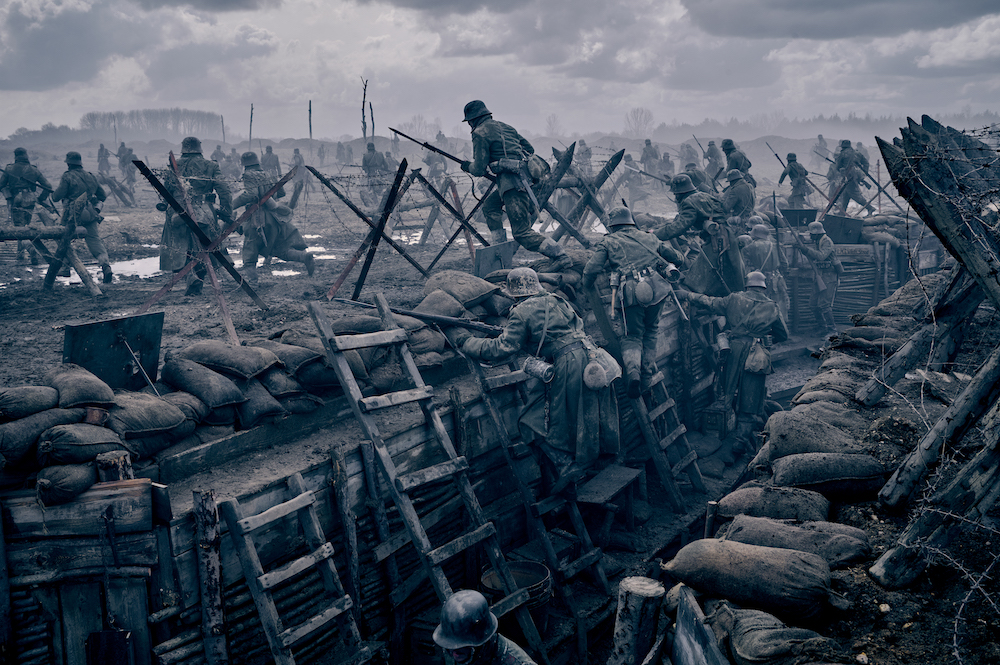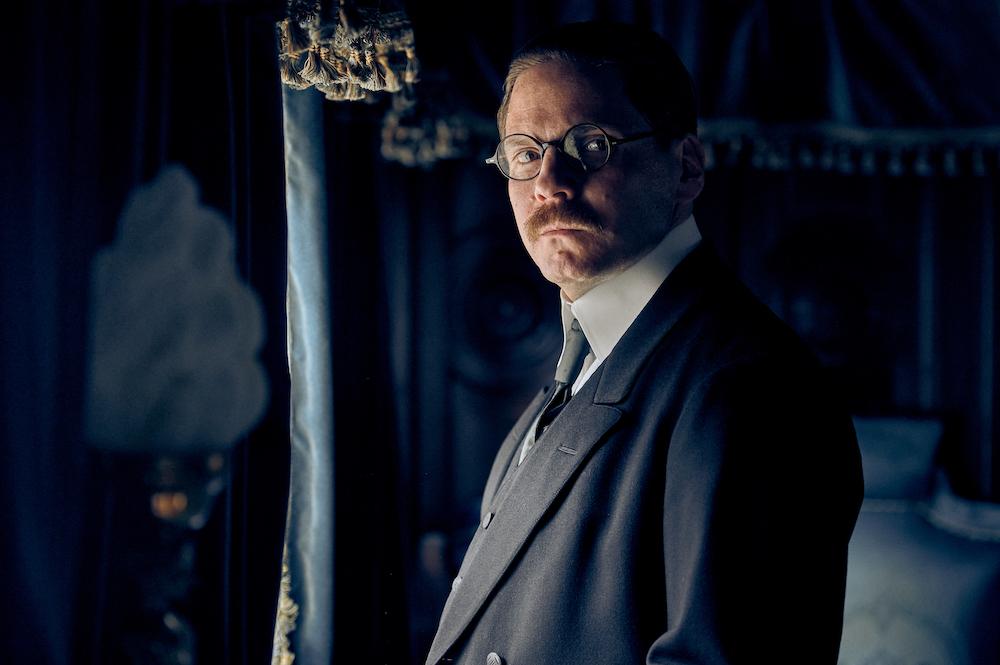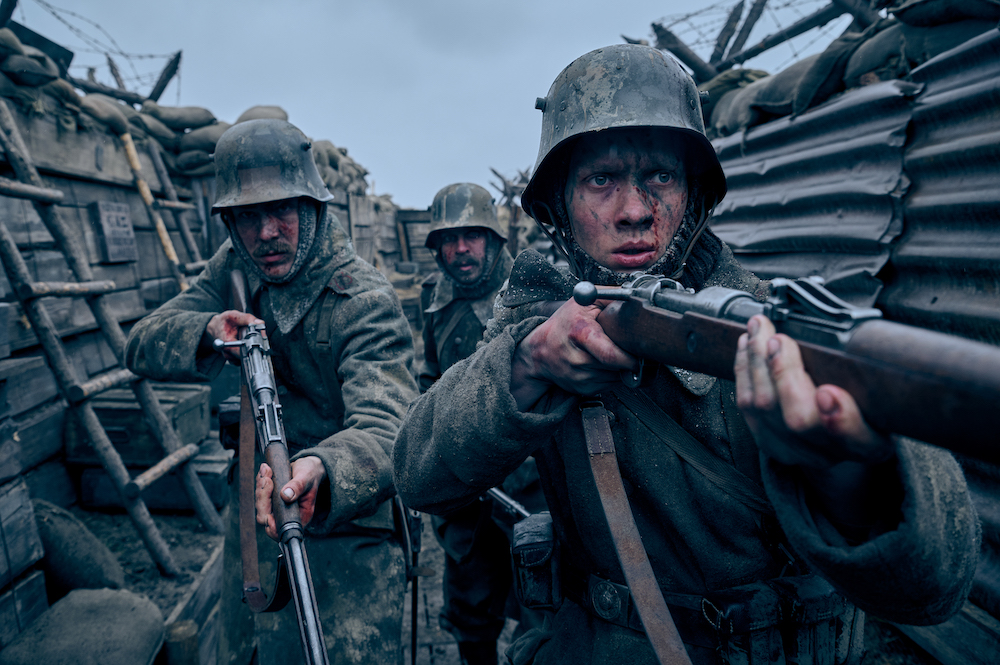Netflix’s ‘All Quiet on the Western Front’ follows the story of a young man named Paul Baumer. Eager to fight for his country, Paul joins the army against the wishes of his family. He and his friends can’t wait to be on the front lines, to capture French territories and return home as heroes. However, all the glory that they’d been chasing soon withers away when they witness the horrors of war. The death and destruction all around traumatize them forever, and by the time the war comes to an end, they have lost all the enthusiasm and innocence with which they had entered it.
The film also focuses on the efforts of a German diplomat trying to settle an armistice with the French to end the bloodshed. The story moves back and forth from the frontlines to the cozier quarters of the higher-ups and takes place over the course of more than a year. Here’s everything you need to know about the location and the timing of its events. SPOILERS AHEAD!
All Quiet on the Western Front: A Journey Through War
As the title suggests, most of the events in ‘All Quiet on the Western Front’ take place on the Western Front during the final years of the First World War. The line for the Front was laid out at the beginning of the war in August 1914, when the German army invaded some regions of France, only to be halted with the Battle of the Marne by the British-French forces in September 1914. Around this time, the Germans and their opposing forces dug trenches on their side to stand their ground.

Both sides tried to advance further, but until the end of the war, they failed to have any noteworthy victory. They, more or less, remained in the same place, often moving forward, only to be pushed back. This deadlock between the two armies created a stalemate situation which didn’t change until 1918 when the Allied forces doubled their attack, and the German army started to weaken in their defense. It is this Western Front that serves as the backdrop for ‘All Quiet on the Western Front.’
The events begin in the Spring of 1917 in Northern Germany, where we meet Paul and his friends who excitedly join the army. A couple of months later, they arrive in La Malmaison in Northern France. They are sent to the trenches where the young soldiers get their first taste of war. Eighteen months later, we go back to Germany to the headquarters of the Supreme Army Command on November 7, 1918. By this time, Germany has started to incur heavy losses and Matthias Erzberger, along with other German officials, accepts that it is time to work on a peace treaty.

Around this time, Paul and his regiment are in Champagne, France. Here, they spend their days in relative safety, away from the frontlines, guarding a supply depot in the village. On November 8, 1918, the peace negotiations began as Erzberger traveled to Compiegne, France, to meet with the French officials and find a common ground to end the war. As Erzberger contemplates whether or not to accept the unfair terms of the enemy, Paul is sent back to the front where more lives are lost.
The Germans have a 72-hour deadline to decide whether or not the lives of their soldiers are worth their pride. During this, on November 9, Kaiser Wilhelm abdicates, and Erzberger receives a green light to sign the armistice, no matter what the terms. With this, it is decided that on the eleventh hour of the eleventh day of the eleventh month, both sides will cease their attacks and the war will be over, and that’s when the film ends, on November 11, 1918, at 11 am.
Read More: Is Paul Baumer Based on a Real World War 1 Soldier?


You must be logged in to post a comment.